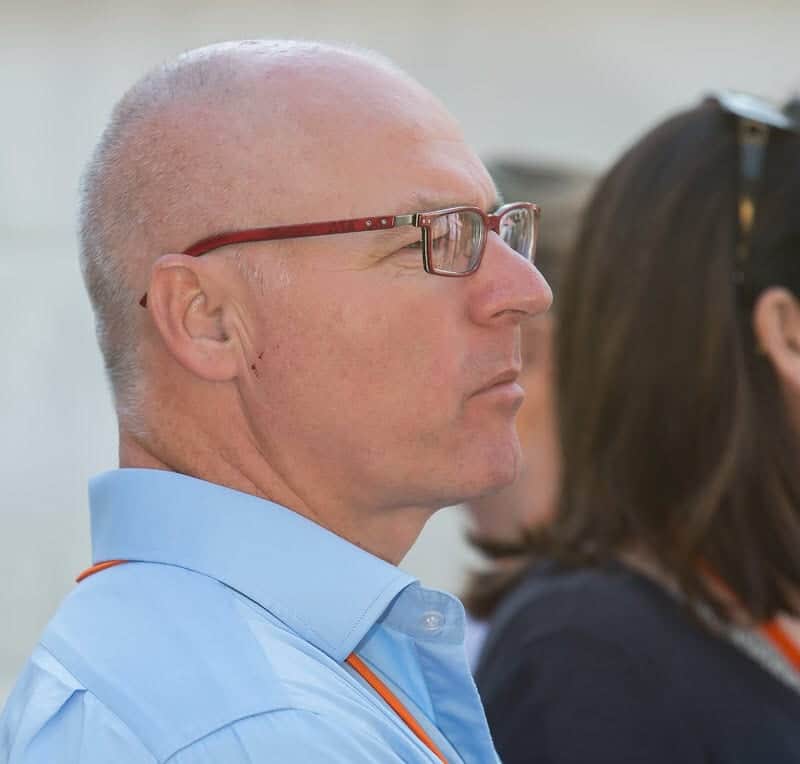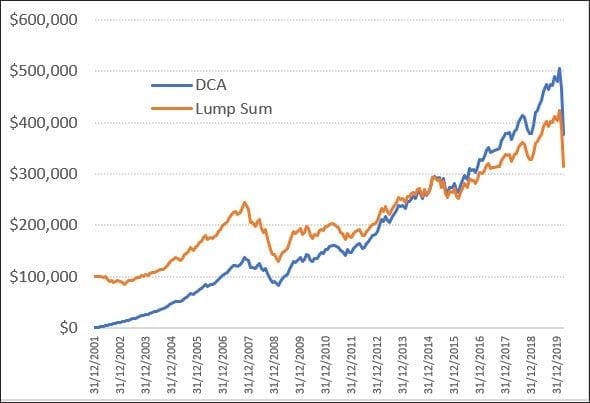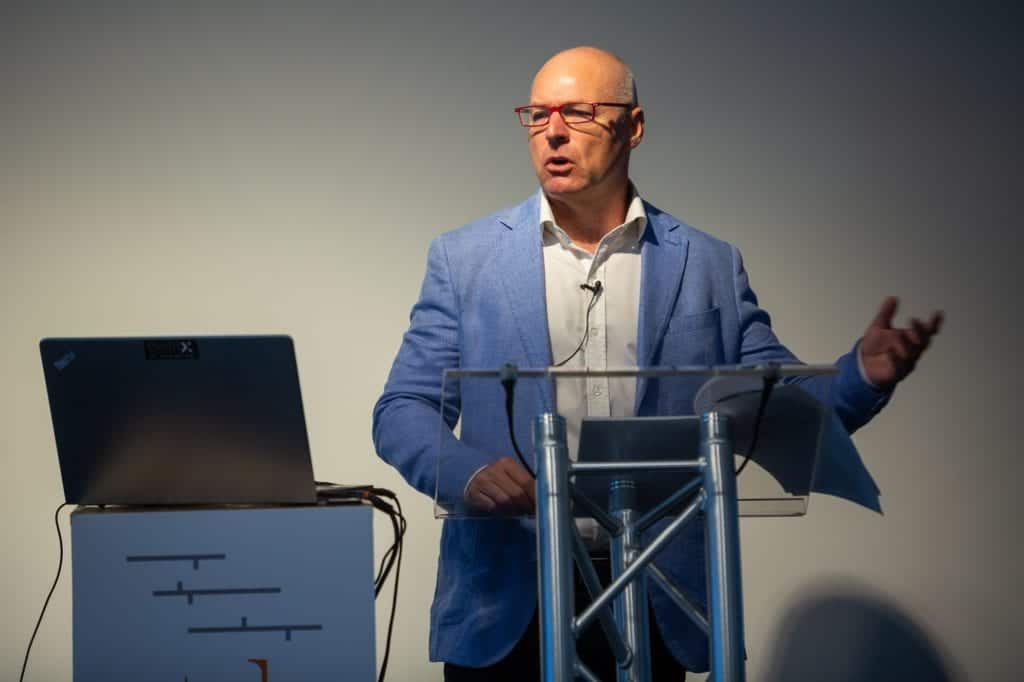
Successful Stock Trading – The Journey
Successful stock trading requires commitment and dedication, like any career. Nick Radge shows you how to persist with the journey and provides a road map for success. Nick Radge explains the journey you need to travel to become a successful stock trader or investor.
If you enjoyed this video you may like Nick’s book Unholy Grails – A New Road to Wealth
Nick suggests that to experience a successful trading journey you need to:
- Find a strategy
- Validate it
- Do it
The final point “Do it” is the most important. When your strategy hits a bump (and it will), don’t give up.
Let’s discuss possibly the one part of the whole investing journey that you might be missing and an important park at that. Really when it comes down to it, there are three parts to success, find a strategy that works, validate it and do it.
The first two are actually pretty simple because everywhere we look you’re gonna find strategies, forums, books, courses, they’re all out there. So first of all, find a strategy that works. Second of all and more importantly is that you have to validate the strategy and ensure that it works. You don’t want to take someone’s word for it nor really do you wanna accept traditional lines of thinking.
I mean, just look what happened in 2008. I think plenty of fund managers who accepted the traditional lines of thinking got absolutely creamed with their returns in 2008, many losing 40 to 50%. Obviously Unholy Grails, my book, I outlined eight strategies and have done the hard work for you. So suggesting a few different strategies and then validating them. So find a strategy that works validated – the easy parts. Lastly though, the third part is actually doing it. This is where it comes a little unstuck for most people because there’s two parts to doing it.
There are the quantitative traits and the qualitative traits. Now the quantitative traits, if we can use the analogy of teaching a teenager how to drive a car, tell them to turn the wheel to the left to go left, turn the wheel to the right to go right, put your foot on the brake to stop, put your foot on the accelerator to go forward. These are teachable and repeatable traits that any teenager can comply with. When it comes to trading, the same kind of analogy would be how to enter a trade, a specific setup, whether it be technical or fundamental, how to exit a position, how to diversify the portfolio, risk management.
All of these are the kinds of things that we learn about from courses, seminars and books and they’re the quantitative repeatable traits. Unfortunately, we don’t get taught about the qualitative traits and this is what makes the big difference.
Again, if we use the analogy of teaching a teenager, how do you teach a teenager when they’re driving to understand a dangerous situation developing, traffic moving in a dangerous way and how to take defensive action when that starts to occur? It’s very difficult to do that because it requires experience and feel.
This is the same with trading and investing. There are certain things that occur when we’re investing that you’re not prepared for and as a result these hurdles or these speed bumps come along every so often and do you think there’s something wrong with your strategy and you’d give up and that’s the worst possible thing to actually do.
So what I want to do is show you some very experienced traders and investors and show you real time what actually goes on when the speed bumps occur.
So here’s Warren Buffett’s Berkshire Hathaway. You can see that during 2008, the share price and therefore his funds under management had a substantial decline, dropped 50%. Most fund managers in 2008 lost 40 to 50%.
But at the end of 2008, do you think Berkshire Hathaway, specifically Warren Buffett, do you think he was going to change his methodology? Did you think his methodology doesn’t work anymore? Did you think he was going to get into high frequency trading at the end of 2008, because that’s the trendy thing to do.
2009, he made a small gain. 2010 he had a good gain. 2011 he had a down year and underperformed the Dow Jones. Again, the question, he’s had two losing years out of four, does that make him an erratic, poor investor?
Well, the answer is obviously no. He certainly has a very, very long term track record and he understands that every so often there’s a few bumps along the way but he sticks to his guns because he knows eventually his positive expectancy will get him through.
Now, the next investor I want to show you is David Druz. Here we have a 31 year track record. Not many Australian firm managers, in fact none that I know of have a 31 year track record. Now take a look. He’s got a, since inception return of 17.4%, and that is after he takes 20% of the profits. So he’s annualized gain is up around 20% per annum. Consistency last 15 years, last 10 years, last five years, all extremely good, 31 years. Now that’s a pretty good equity curve there. Thousand dollars turns into $200,000 in 31 years. The question is pretty straightforward. Would you like your super fund to increase in value at that same rate for the next 31 years? Well, I certainly would it be fantastic.
However, if we dig a little bit deeper into his returns, we can see there’s lots of hurdles. He has losing months, he has losing sets of months. Let’s take a look here in April 1986 through to June 1986, he lost 30%. Imagine if you started a strategy and in your first three months you lost 30%, what would you do? You would turn it off. Have a look at September and October of the same year, 1986, he lost 38% in two months and then back that up in November with another loss of 6%. Imagine again, if you’d lose 43% of your money in the first three months of a new investment strategy, what would you do? You would turn it off.
Think about what David Druz does every single day. He wakes up and places his trades. He does it every day, every week, every month, every year and he’s done it for 31 years. But you can see here he has losing months, he has losing years. Now the average retail investor I know for a fact, he’s not happy having a losing year. Imagine placing those trades each day, each week, each month for a year and having a losing year, unacceptable to most people.
But here is the truth as we just saw with Warren Buffett. You can have and you will have losing years. David Druz stands up to the plate every single day, every single week, every single month, every single year for 31 years and places the trades again because he knows that his strategy has a positive expectancy over the longer term and he knows that along that journey, there will be bumps and hiccups that he just have to keep going.
In fact, the only way that David Druz can fail is if he does not place the next trade. Think about that, how do most people fail? Because they hit a speed bump, a road bump, they get nervous and they don’t place the next trade. What they want to do, what they do do is they go looking for another strategy. And six months into that other strategy, the exact same thing happens again. So the important lesson here, as you can see by these two long-term professional traders and investors that speed bumps occur, frustrations will occur, but they get up brush themselves down and keep moving forward, they do not give up. The only way they fail is if they give up.


